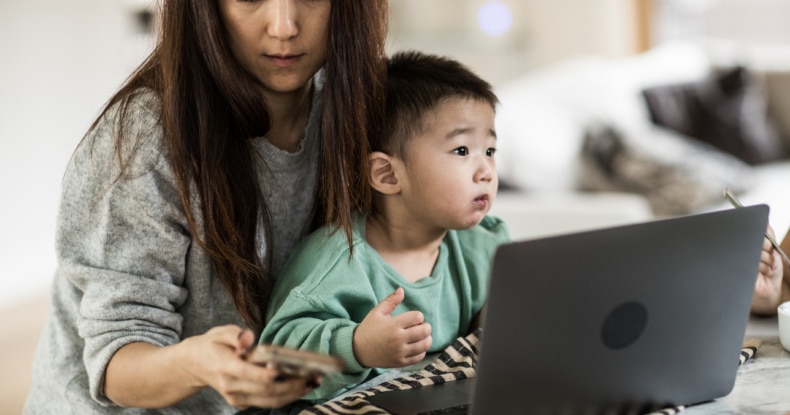Today, records show that COVID-19 has caused the deaths of 3.29 million people since the first case in 2019. While it does not directly infect the mind, the virus contributed to many things that globally caused mental health decline.
As support services closed, financial pressures climbed, and social distancing measures tightened, many suffered mentally. Sadly, recent findings tell us that women’s mental health is most susceptible.
Research published by non-profit aid organisation CARE showed that women are three times more likely to report mental health issues than men. Symptoms tend to include: loss of appetite, fatigue, anxiety, insomnia, the list goes on. As a result, women find it increasingly difficult to accomplish daily tasks. It’s time to consider the underlying causes of this unseen mental health crisis.
Health and social sector risks
According to the World Health Organisation, women represent about 70% of health and social sector workers worldwide. This suggests they are more exposed to the the virus than men. On top of the increased risk, women earn less than their male colleagues in most cases in this industry. Most women do not even have strong financial protection.
Domestic burnout
At home, the strain continues as women are generally responsible for every activity in the house, including caregiving. When nurseries closed, findings showed that women often became even more accountable for the welfare of their children.
Pandemic pregnancies
The pandemic has had a devastating impact on the care of pregnant women and new mothers. First, there is a greater risk of pregnant women contracting the virus because of their heavy dependence on the healthcare sector (especially those working in the sector themselves.)
When hospitals become overburdened with the task of fighting off peaks of the virus, pregnant women suffer in vulnerable isolation - while carrying, during labour and as new mothers. Click To Tweet
But there’s been a larger crisis at hand.
When hospitals become overburdened with the task of fighting off peaks of the virus, pregnant women suffer in vulnerable isolation – while carrying, during labour and as new mothers.
In many countries, pregnant women admitted to a hospital with COVID-19 patients are documented and kept for surveys. In the UK, data from 427 pregnant women collected in May 2020 showed that most who became critically ill were in the third trimester of their pregnancy. Therefore, it became crucial for pregnant women to pay attention to social distancing rules from the seventh month of pregnancy. The study also revealed that some pregnant women were more likely to develop critical health issues:
- Black and Asian pregnant women, as well as women from minority ethnic groups
- Pregnant women above thirty-five years
- Extremely overweight pregnant women
- Pregnant women with underlying health issues
For the thousands of women who became mothers or went through baby loss in 2020/21, COVID-19 left its mark.
Lack of job security
According to a study conducted to evaluate unconscious bias, 62% of working women single out gender inequality as an impediment to female leadership in organisations. This became more of an issue during the pandemic as companies struggled to keep operations running and ensure employees’ jobs were safe.
The reality is women are more at risk of job loss and furlough compared to men.
The Trades Union Congress found that female redundancies in the UK reached 178,000 between September and November 2020 – 76% higher than the peak during the height of the financial crisis when female redundancy levels hit 100,000.
In the same 2020 period, 217,000 men were made redundant – 3% more than the peak of male redundancies during the financial crisis.
Since the beginning of the pandemic, many organisations have figured out that employees can work remotely from home. Most businesses have become very flexible with work schedules. While these are welcome developments, employers must assure women that their jobs are safe and they can work remotely without any employment worries.
Final thoughts
All of this tells us that employers and colleagues must support women (and indeed all genders) passing through difficult moments to help them manage anxiety and stress.
Every organisation has different policies while handling certain situations. But the main objective should be promoting a gender-diverse workforce where both men and women receive equal treatment. Overall, businesses should address women’s mental health and welfare with utmost interest as the crisis continues.
Originally published May 10, 2021, updated Jan 16, 2023
